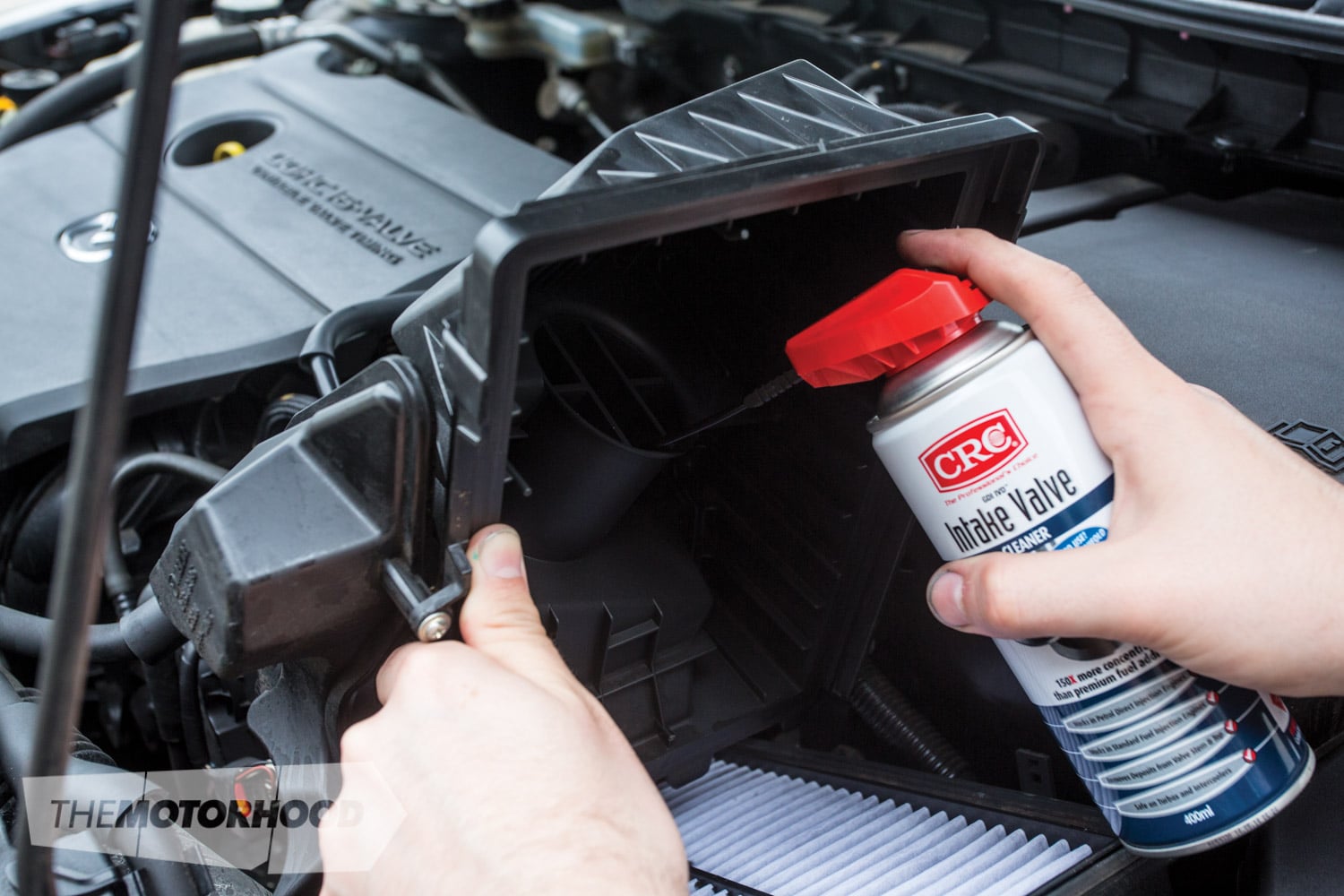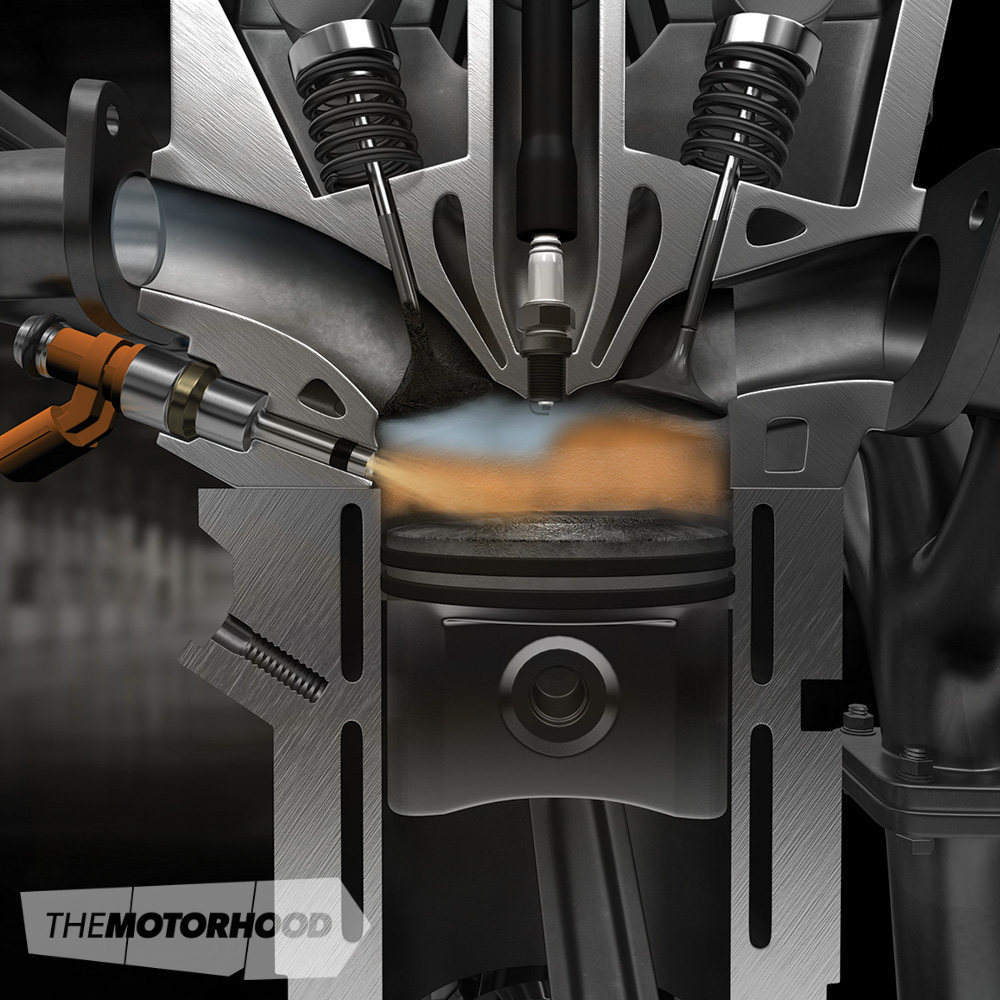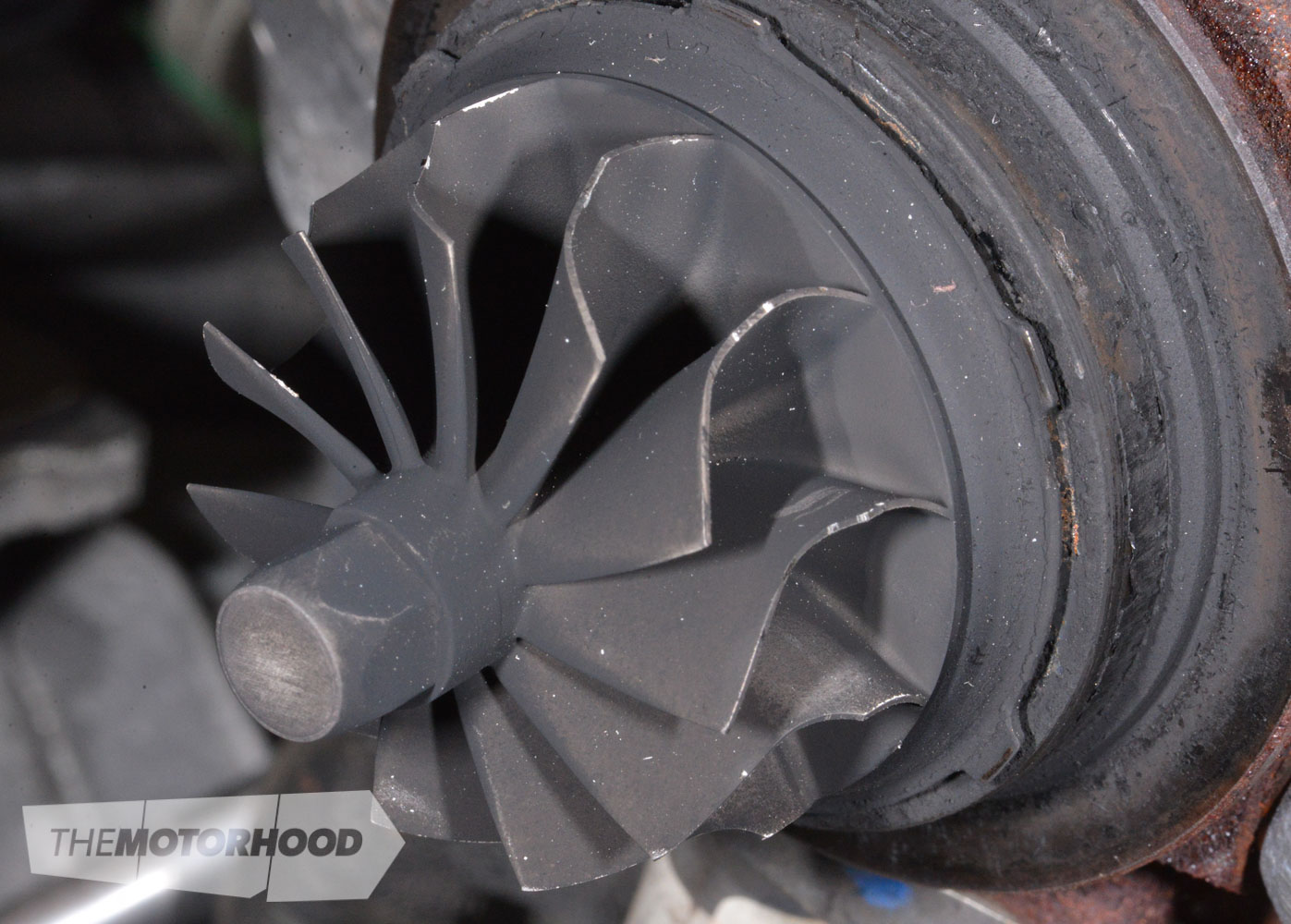
While many fuels may include engine-cleaning additives, the fact is that these comprise a very small percentage of the total chemical make-up of that gasoline. So, the cleaning job is a little like putting half a drop of dishwashing liquid in your sink and expecting it to cut through the grease. This becomes even more of an issue when the fuel doesn’t touch the back side of the valves at all, as in direct-injection engines, so there’s no chance that the deposits that build up on the back side and the stems of your valves will be cleaned off by the fuel, without complete disassembly of your engine. Or so one might think. CRC Industries has developed its aerosol GDI IVD Intake Valve Cleaner with 150 times more concentrate of advanced COzol than any petrol on the market. Applied directly into the back of the valves through the intake, it removes the built-up carbon deposits that form in any engine, GDI or not — they simply tend to build up faster in GDI engines.
Why do we need to worry about these deposits? Well, your engine’s performance for one. As these deposits build up, they begin to restrict airflow into the head and weaken the seal between the valve and seat. This will cause increased fuel consumption, poor emissions, and a loss of power and throttle response.

How to apply
It’s a pretty easy application process to use CRC GDI IVD Intake Valve Cleaner, although the process will differ depending on your engine and chassis. On a car with a mass-airflow (MAF) sensor, you’ll want to locate the sensor and remove the intake pipe off the front. It’s important to do it this side, as the engine still needs to be able to run. On any vehicle without a MAF sensor, simply remove your filter and you’re ready to spray. It’s turbo and intercooler safe, so spraying directly into the turbo is fine, and has the added benefit of cleaning both components.
Before spraying, ensure the engine is up to running temp. Insert the spray nozzle past the MAF sensor, as any spray on the sensor could cause a fault code to be thrown. Get someone to hold the throttle at 2000rpm, then spray in 30-second intervals until the 400ml can is empty. If you find the engine tries to stall, simply increase throttle pressure, but do not exceed 3500rpm. Once the can is empty, let the car idle for a minute then switch off and let it heat soak for an hour. Use this time to reassemble anything you have disassembled, ready for the final part — 10 minutes of 100-kilometre-per-hour driving.
Key points to remember
- Spray directly into your intake while maintaining 2000rpm.
- Do not spray onto the MAF sensor — spray past it using the Permastraw.
- Use the entire 400ml can in one treatment.
- Do not exceed 3500rpm during treatment.
- Let the engine heat soak for an hour after treatment, followed by 10 minutes of ‘highway’ driving.
- Treat the engine every 16,000km to maintain the system.
Check out crc.co.nz for more info.






